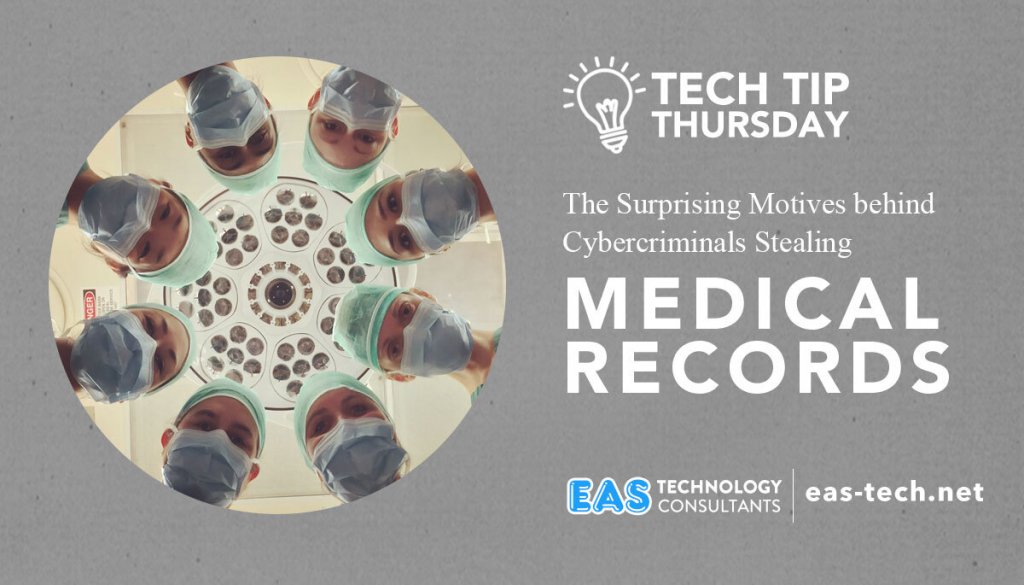
You may have heard of various cybercrimes where criminals steal people’s personal information, like their social security number or credit card details. But what you may not know is that one of the most commonly stolen types of data is medical records. In this blog post, we will explore some of the reasons why cybercriminals target medical records, and how they can use this information to exploit victims.
One of the reasons that medical records are so valuable to criminals is that they often contain a lot of sensitive information. This can include things like social security numbers, date of birth, and home address. With this information, criminals can commit identity theft or fraud. In some cases, they may even be able to sell this information on the black market.
Another reason why medical records are targeted is that they can be used to blackmail patients or their families. For example, if a criminal obtains medical records that reveal sensitive information about a patient’s health, they could threaten to release this information unless the patient pays them a ransom. This type of crime is known as “ransomware.”
Lastly, medical records can be used to create false insurance claims. By submitting false claims to insurance companies, criminals can receive payments for services that were never actually provided. This type of fraud can be difficult to detect and often results in significant financial losses for the victim.
Healthcare organizations need to constantly evaluate their security practices. They should also be aware of the changing landscape of cybercrime and the motivations behind these crimes. By understanding why criminals target medical records, they can take steps to better protect their patients’ data.
Most breaches occur at network endpoints. What’s an endpoint? An endpoint is frequently a computer or tablet. By definition, an endpoint is “a device or system used to access a network.”
In order for a criminal to steal medical records, they first need to gain access to the network that contains these records. This can be done through various means, such as hacking into the network or using malware to infect endpoints. Once the criminal has access to the network, they can then locate and extract the medical records.
Organizations need to be aware of the potential risks associated with endpoints and take steps to protect them. This includes things like installing endpoint protection software and using firewalls. Additionally, organizations should consider implementing two-factor authentication for accessing sensitive data. By taking these steps, they can make it more difficult for criminals to gain access to their network and steal sensitive data.
Cybercrime is a constantly evolving threat. As such, it’s important for organizations to stay up-to-date on the latest trends. Additionally, they need to be aware of the motivations behind these crimes. By understanding why criminals target medical records, they can take steps to better protect their patients’ data.
What are some of the steps that your organization takes to protect against cybercrime?
Do you or your organization need help to harden your network to prevent data theft? We can help. Simply submit your name and email address below and we’ll be in touch!
